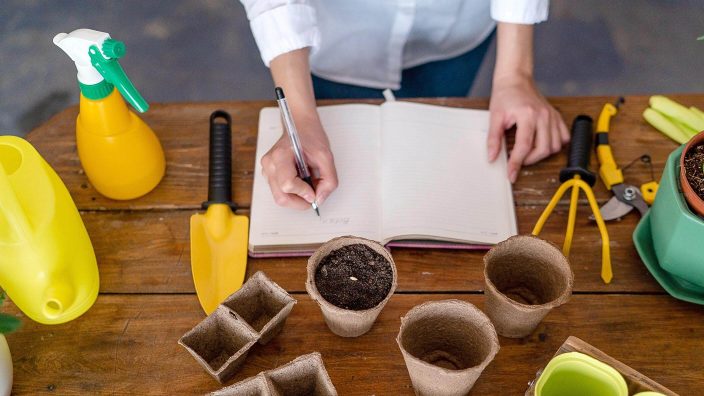Growing a thriving garden in a challenging season
If you have any questions about your gardens, OSU Extension and the Trumbull County Master Gardener Volunteers are here to assist.
Read MoreTips for planning your vegetable garden, when is the best time to plant vegetables in Ohio and which crops grow best when.
Winter in Ohio may not have a lot of outdoor opportunities for vegetable gardeners, but it is a great time to reflect on the past growing season and begin garden planning for the new year. The seed catalogs arrive, the days get a bit longer, and sometimes we even get a `warm’ day that sparks gardening inspiration. It may be tempting to scour the seed catalogs and begin ordering right away, but ensure your time and money are well spent on a successful garden. Plan ahead.
Soil temperatures
Create a planting schedule in accordance to soil temperature, not air temperature. Seeds require specific soil temperature in order to grow. You can find this information on many seed packages, in some seed catalogs and on the internet. Doing your homework is essential.
Germinating Temperatures for Commons Crops:
Note these are the lowest temperatures that seeds will germinate but warmer temperatures may yield better results.
A good resource for soil temperatures at both 2 inches and 4 inches deep is the Ohio Agricultural Research and Development Center. Visit its website and click on the closest station to your garden to find out the weather, humidity levels and more.
Garden design
Sketch a simple design for your garden to determine the number of crops you can grow, making sure you use your garden space to its fullest potential.
If growing in rows, decrease your path space. Growing plants in 3-feet wide rows will still allow you to tend to plants across the row from either side.
Use trellises or fence for vining crops to encourage upward growth, rather than letting them sprawl across the ground. Pole beans, peas, cucumbers, and Malabar spinach grow well using this method.
Be sure you aren’t planting crops too far apart. Plants grown closer together will help retain soil moisture, control weeds and provide shade. Just make sure to allow enough space for you to harvest the crop.
Extend your harvest by planting in intervals. Staggering your planting schedule will ensure that crops ripen at different times, rather than all at once. Creating a continuous harvest by planting a group of crops every two weeks will keep fresh fruits and vegetables on the dinner plate while avoiding an excess of produce.
A few crops that work well with succession planting include:
Keeping a garden journal is essential to successful garden planning. Keep everything in one place-a three-ring binder works well with an attached zippered pouch to hold small items like plant tags and empty seed packets for future reference. Include your garden planning calendar, garden design, and notes on crops that grew well and problems you encountered along the way. Track the dates of planting and harvesting, compost applications, etc. Next year, dig out your garden journal and you’ll be well on your way to planning for the upcoming season.
Save yourself the headache and heartache of an unsuccessful garden. Start planning now to use your garden space efficiently, to create a continuous, multi-season harvest, and to ensure your hard work is enjoyed.
Barbara Arnold is senior horticulturist at Franklin Park Conservatory.
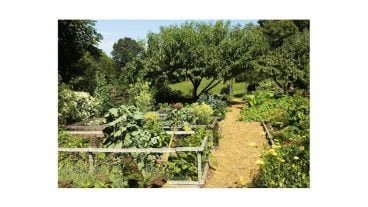

If you have any questions about your gardens, OSU Extension and the Trumbull County Master Gardener Volunteers are here to assist.
Read More

Weather patterns like we are experiencing this year increase the risk of loss for fruit and ornamental crops.
Read More

Groovy Plants Ranch is a retail store and tourist mecca with a huge emphasis on unique and unusual plants.
Read More

Whatever method you choose, understand there is no right way or wrong way to handle leaves each fall.
Read More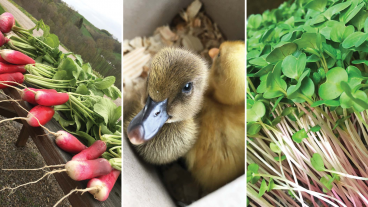
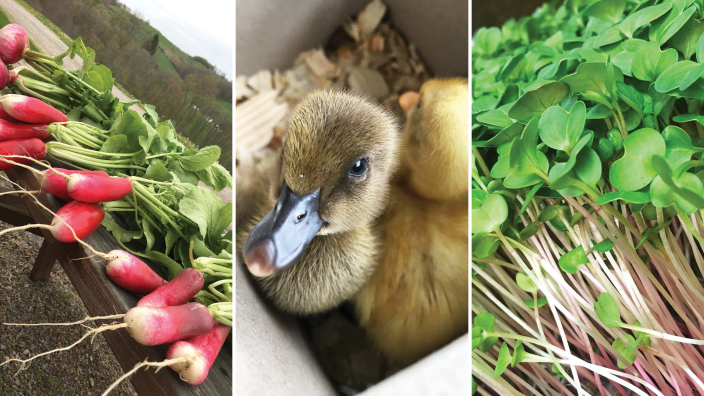
Hard work, dedication and concern for others aren’t quaint concepts at Olde Tyme Farms. These principles helped the 20-acre chicken,…
Read More

Gold pocket watches, delicate china and heavenly scented flowers are among the heirlooms passed along from one generation to the…
Read More

A buzz of activity surrounds the lead-up to Memorial Day for nurseries and greenhouses, like bees hovering around the bright…
Read More

In real estate — and home gardening — one thing to remember is location, location, location. The ideal garden spot…
Read More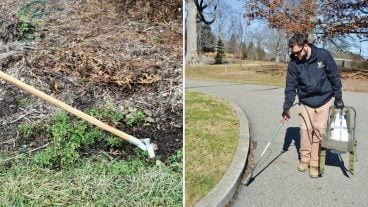
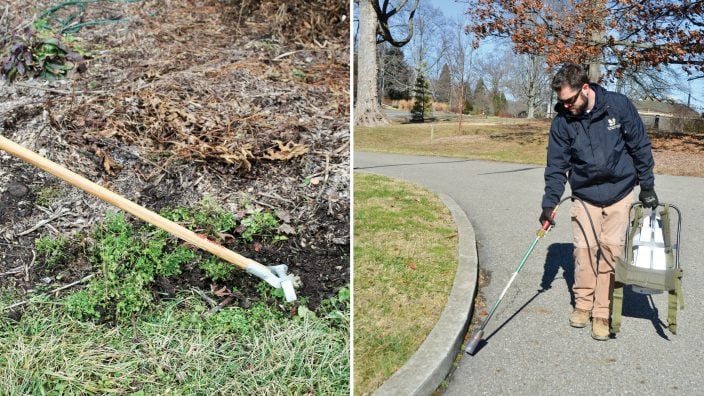
As spring nears, the home gardening chore list grows faster than dandelions. What’s a gardener to do? Perhaps turn to…
Read More

Temptations abound in garden catalogs. To avoid mistakes and over ordering, several master gardeners were consulted for suggestions.
Read More